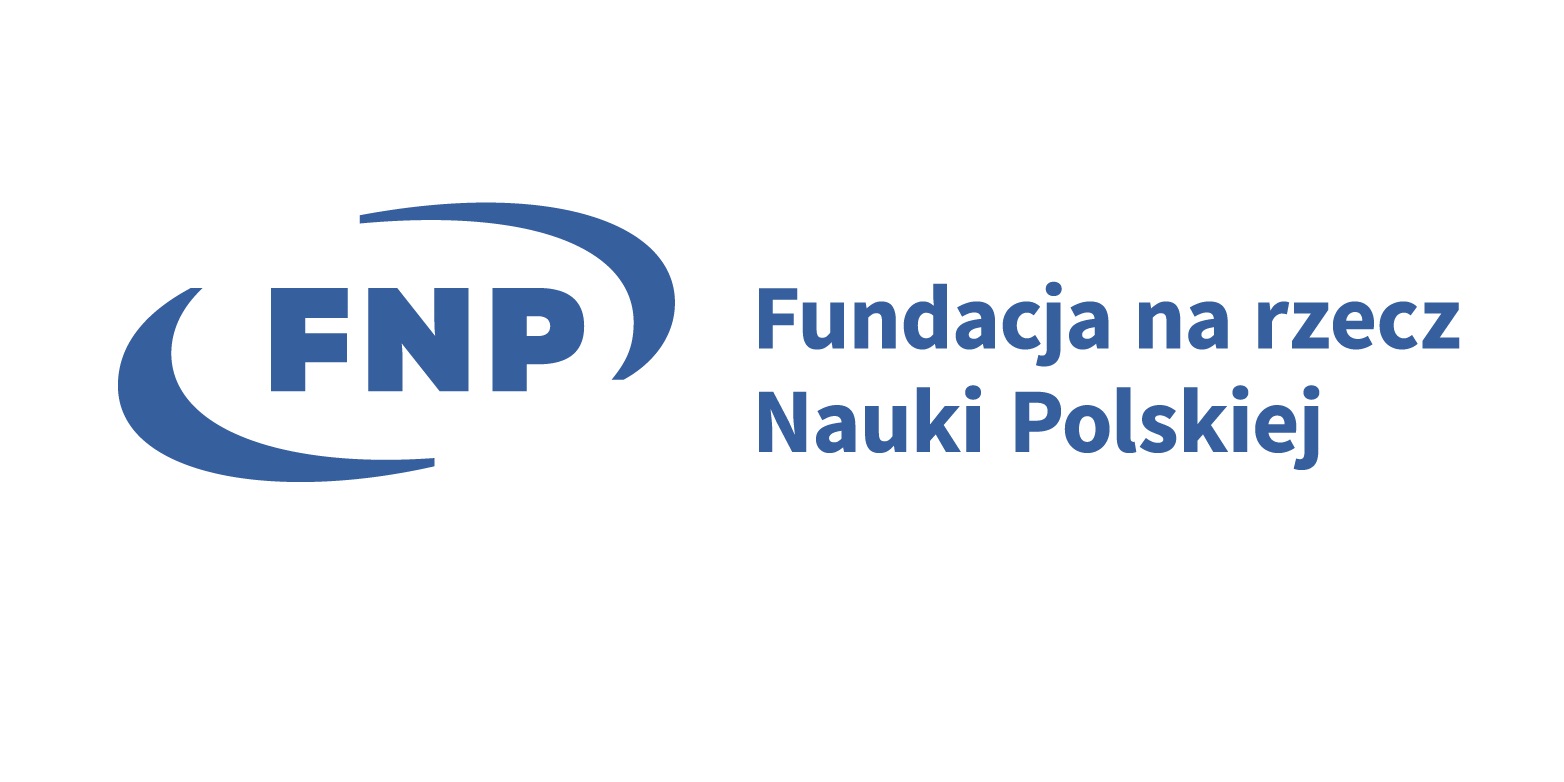
NCBJ scientists will explore the use of multiphoton PET tomography for industrial imaging
25-07-2024
Positron Emission Tomography is primarily used in medicine. However, the properties of this technique may also prove useful in industrial applications. Such an application of the PET technique is being dealt with by specialists from the NCBJ's Department of Complex Systems as part of the IMPET project, obtained from the First Team FENG programme of the Foundation for Polish Science.
Techniques such as Computed Tomography (CT), Transmission Electron Microscopy (TEM) and Positron Annihilation Lifetime Spectroscopy (PALS) are widely used in industrial imaging. It is techniques involving the interaction of positrons (anti-electrons) with matter that nowadays are of great interest to scientists. In medical applications, these include Positron Emission Tomography (PET), and in industrial research, Positron Emission Particle Tracking (PEPT). Despite the undeniable success of the aforementioned techniques in engineering applications, they are characterised by certain limitations. In particular, the PALS method, which is used to study the properties of porous materials, does not allow three-dimensional imaging and determination of the position of defects in the object under study. Similarly, the PEPT technique allows the trajectory of a radioactive tracer to be tracked in time with a high degree of accuracy, however, this only applies to a single tracer. PET tomography, on the other hand, is not widely used in industrial applications.
As part of a new project led by dr Wojciech Krzemień, together with a team of specialists from NCBJ's Department of Complex Systems led by dr hab. Lech Raczyński and dr Konrad Klimaszewski, scientists will conduct research into the application of multiphoton PET tomography, with high temporal resolution, for industrial applications. This type of imaging allows the determination of a spatial image of the lifetime of a positronium (bound positron and electron system). This provides a PALS-analogue imaging capability of free volume sizes and defects enriched with spatial information. High-resolution PET tomography can also be used to track the trajectories of multiple radioactive tracers and tracers with dynamic shapes (e.g. fluids), extending the current capabilities of PEPT.
During the project work, novel methods for reconstructing multiphoton PET images and pioneering solutions for image correction for interference effects will be developed. Three-photon imaging including the so-called fast photon enables the determination of positronium lifetimes. The improvement in spatial resolution obtained as a result of the proposed research will allow the technique to be used to determine the properties and positions of defects in objects. An important limitation of PET imaging is the image blurring introduced by disturbances such as photon scattering in the material under study. The project's research into novel applications of artificial intelligence for techniques to correct such disturbance effects will be an essential component of the proposed solution, enabling the use of multiphoton PET tomography in industrial imaging. The use of Deep Learning, including convolutional neural networks (CNNs), will allow information about the distribution of material density in the object under study to be taken into account holistically. This information is obtained in CT imaging, which is an integral part of the combined PET/CT method. Based on the research, the researchers will propose the design of an industrial PET scanner and measurement protocol.
The improvements in PET image reconstruction and correction methods developed in the project will simultaneously improve the quality of PET imaging in medical applications. According to reports compiled by the WHO, cancer is the first or second cause of death in many countries of the world. At the same time, early diagnosis is a major factor in the effectiveness of treatment. PET tomography is a leading diagnostic method in the treatment of head, lung or prostate cancer. Improved imaging resolution makes it possible to observe smaller cancer tumours at an early stage of the disease and therefore allows earlier diagnosis.
The project ‘IMPET - Multiphoton Emission Positron Emission Tomography for Industrial Imaging’ was selected as one of 27 out of 202 submitted in the Foundation for Polish Science's ‘FIRST TEAM’ action, funded by the European Funds for a Modern Economy (FENG) programme. The total amount of funding for the project is PLN 3,923,769.09.




